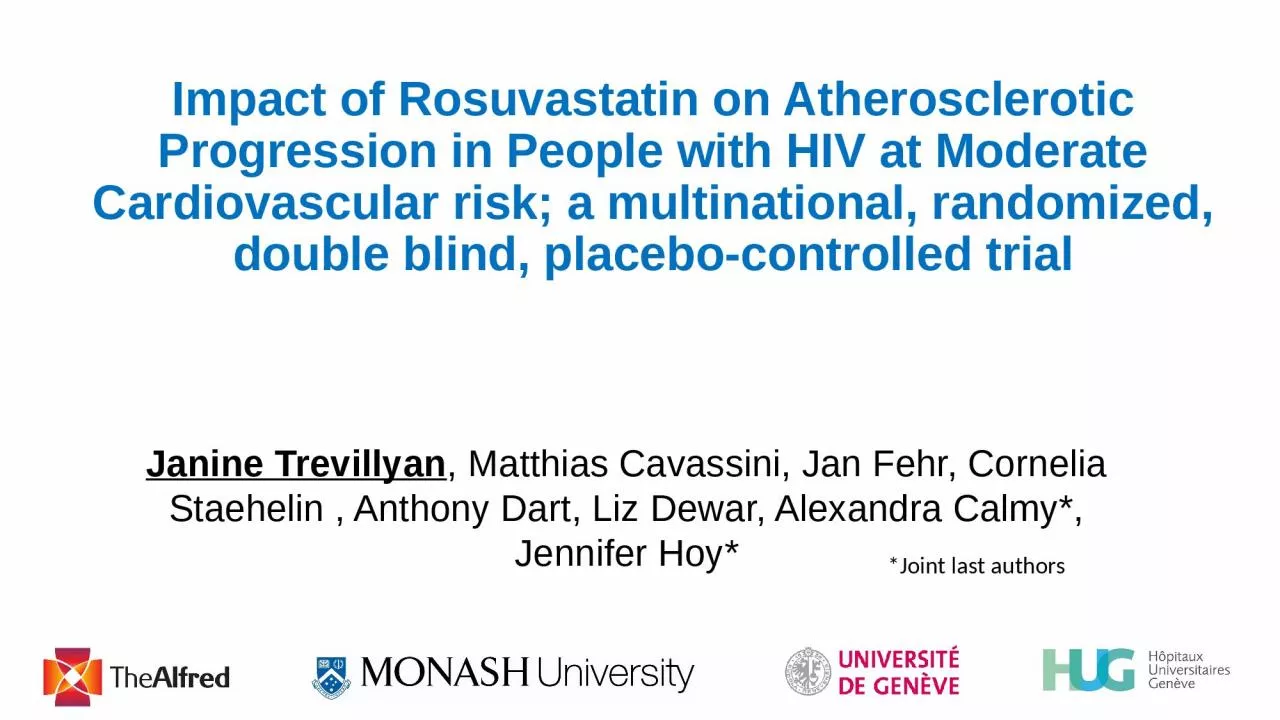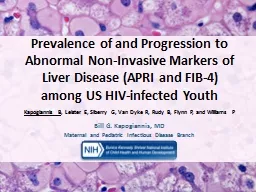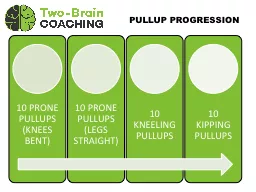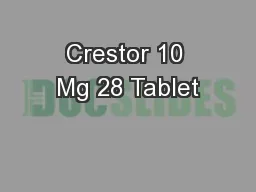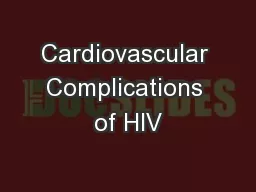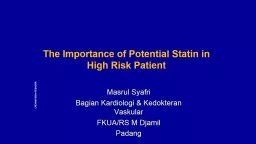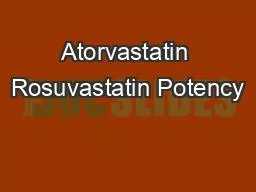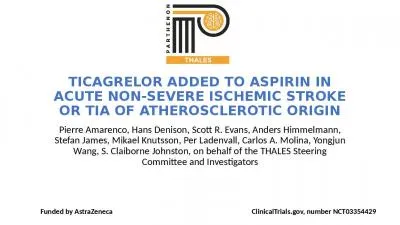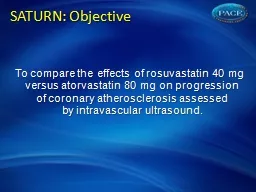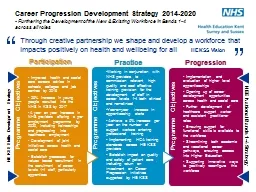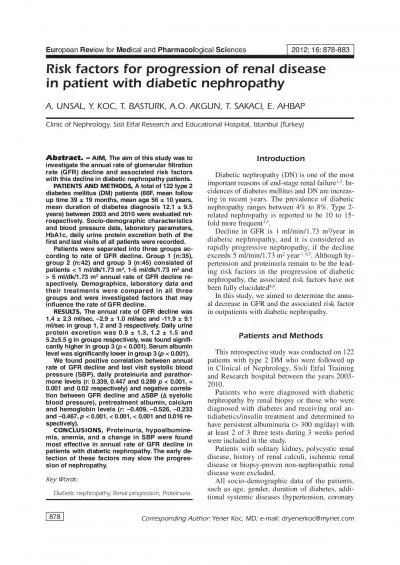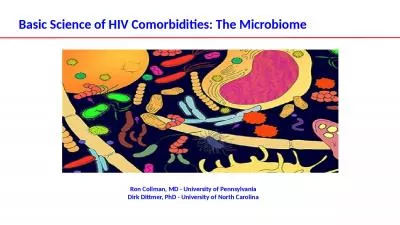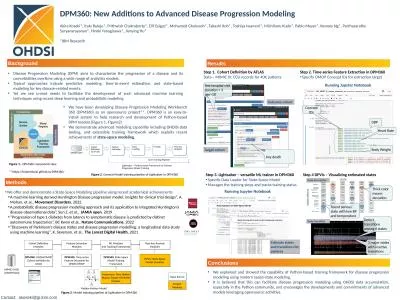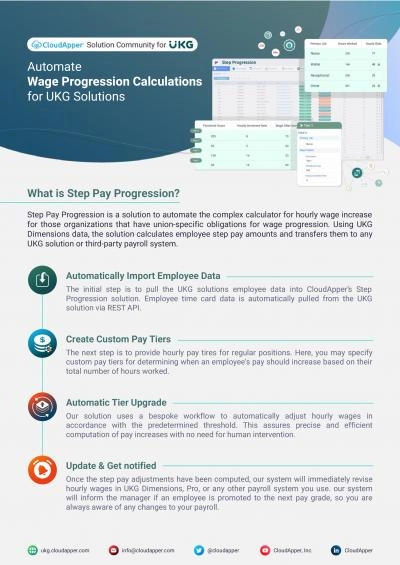PPT-Impact of Rosuvastatin on Atherosclerotic Progression in People with HIV at Moderate Cardiovascular
Author : vivian | Published Date : 2024-01-29
Janine Trevillyan Matthias Cavassini Jan Fehr Cornelia Staehelin Anthony Dart Liz Dewar Alexandra Calmy Jennifer Hoy Joint last authors Conflicts of Interest
Presentation Embed Code
Download Presentation
Download Presentation The PPT/PDF document "Impact of Rosuvastatin on Atheroscleroti..." is the property of its rightful owner. Permission is granted to download and print the materials on this website for personal, non-commercial use only, and to display it on your personal computer provided you do not modify the materials and that you retain all copyright notices contained in the materials. By downloading content from our website, you accept the terms of this agreement.
Impact of Rosuvastatin on Atherosclerotic Progression in People with HIV at Moderate Cardiovascular: Transcript
Download Rules Of Document
"Impact of Rosuvastatin on Atherosclerotic Progression in People with HIV at Moderate Cardiovascular"The content belongs to its owner. You may download and print it for personal use, without modification, and keep all copyright notices. By downloading, you agree to these terms.
Related Documents

